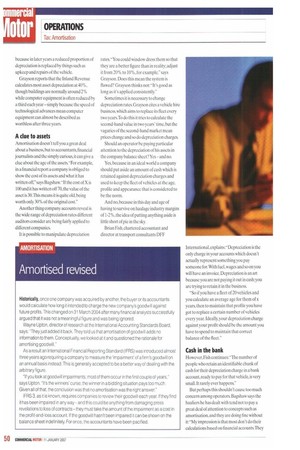Amortised revised
Page 50

If you've noticed an error in this article please click here to report it so we can fix it.
Historically, once one company was acquired by another, the buyer or its accountants would calculate how long it intended to charge the new company's goodwill against future profits. This changed on 31 March 2004 after many financial analysts successfully argued that it was not a meaningful figure and was being ignored.
Wayne Upton, director of research at the International Accounting Standards Board, says: They just added it back. They told us that amortisation of goodwill adds no information to them. Conceptually, we looked at it and questioned the rationale for amortising goodwill."
As a result an International Financial Reporting Standard (IFRS) was introduced almost three years ago requiring a company to measure the 'impairment' of a firm's goodwill on an annual basis instead. This is generally accepted to be a better way of dealing with the arbitrary figure.
"If you look at goodwill impairments, most of them occur in the first couple of years," says Upton. "It's the winners' curse; the winner in a bidding situation pays too much. Given all of that, the conclusion was that no amortisation was the right answer."
IFRS 3, as it is known, requires companies to review their goodwill each year. If they find it has been impaired in any way — and this could be anything from damaging press revelations to loss of contracts —they must take the amount of the impairment as a cost in the profit-and-loss account. If the goodwill hasn't been impaired it can be shown on the balance sheet indefinitely. For once, the accountants have been pacified.










































































































































































